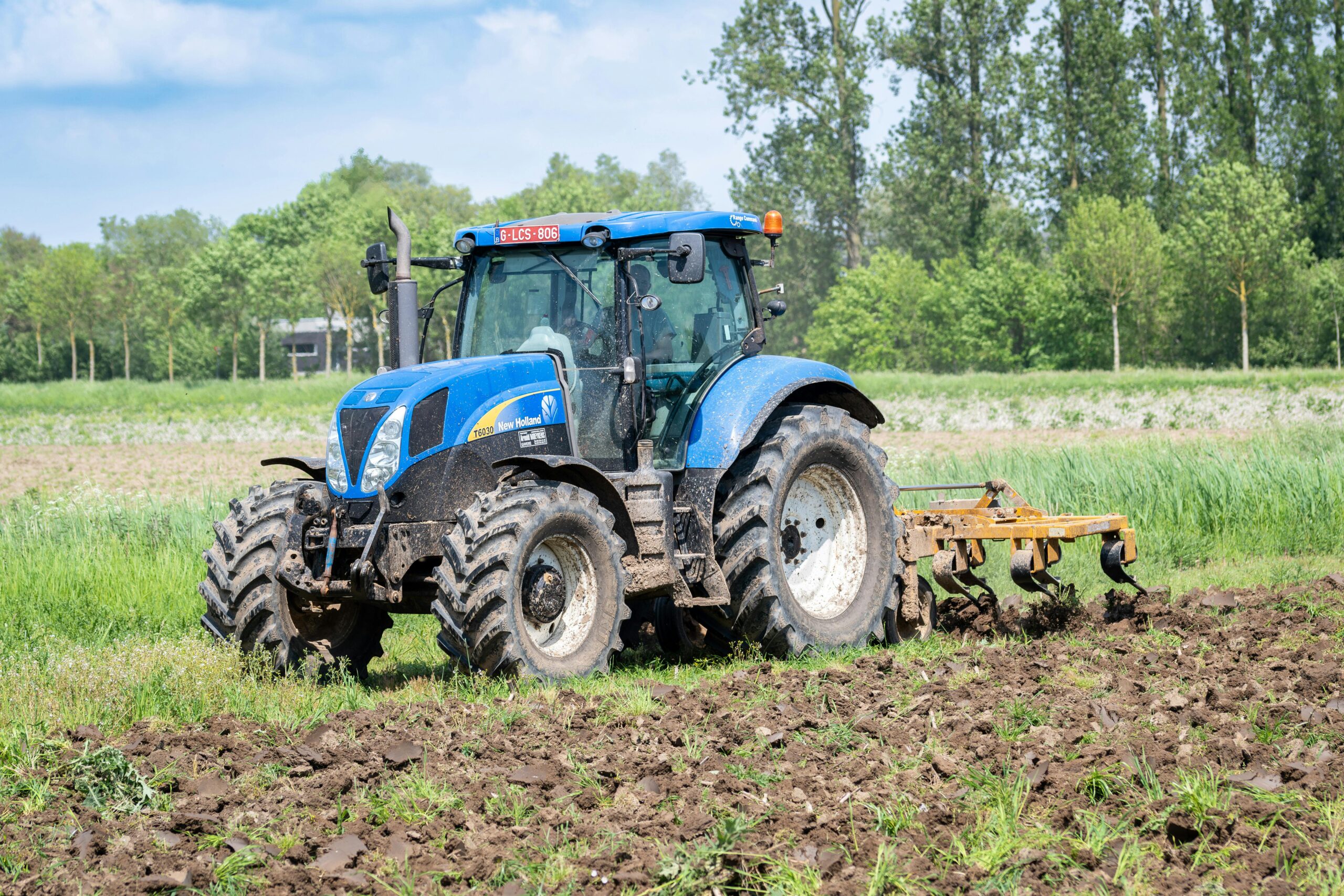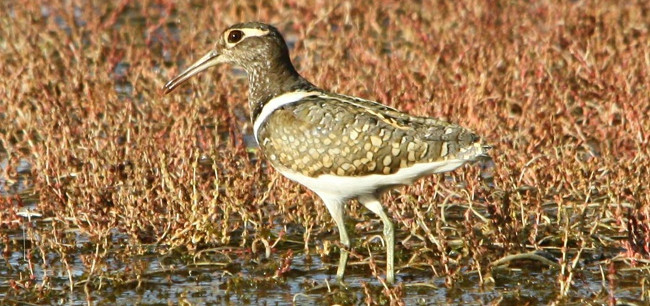
This report forms part of the "Moving to a vegan agricultural system" series which examines how a move to an agricultural system where no animals are used would impact sectors such as the economy, employment, land use, the environment and food security. This part outlines impacts on the environment, including
Australia's climate is warming. The Bureau of Meteorology reports that "air and ocean temperatures across Australia are now, on average, almost a degree Celsius warmer than they were in 1910, with most of the warming occurring since 1950. This warming has seen Australia experiencing more warm weather and extreme heat, and fewer cool extremes. There has been an increase in extreme fire weather, and a longer fire season, across large parts of Australia."
For decades we have been warned of the possibility of these serious problems. In his 2005 book "Living in the hothouse: how global warming effects Australia", Professor Ian Lowe, President of the Australian Conservation Foundation warns that global warming will result in more severe bushfires, reduced water availability in Southern Australia, more intense heat during summers, a greater risk of insect-borne diseases and a greater incidence of extreme weather, including rainfalls of flood proportions, longer and more intense droughts and frequent, severe and widespread tropical cyclones.
The Bureau of Meteorology continues, "Atmospheric greenhouse gas concentrations continue to rise and continued emissions will cause further warming over this century. Limiting the magnitude of future climate change requires large and sustained net global reductions in greenhouse gases."
One of the major sources of greenhouse gases is animal agriculture. According to Lowe in 2005, "Producing meat turns vegetable protein very inefficiently into animal protein, using large amounts of energy and water in the process. ... Ruminant animals also produce large amounts of methane, a much more potent greenhouse gas than carbon dioxide, in the process of digesting grass. So overall, meat production in general and beef production in particular is a serious contribution to greenhouse gas pollution and hence global warming."
By 2015, climate science now understands in greater detail the effects of animal agriculture on global warming, with a number of reports and papers in peer reviewed journals stating that livestock production is responsible for about 50% of worldwide and Australian greenhouse gas emissions. For the calculation that animal agriculture is the source of over 50% of Australia's greenhouse gases when accounted over 20 years, see Neglected Transformational Responses: Implications of Excluding Short Lived Emissions and Near Term Projections in Greenhouse Gas Accounting, by Wedderburn-Bisshop, Longmire and Rickards. For the calculation that animal agriculture is the source of over 51% of worldwide greenhouse gases when accounted over 20 years, see Livestock and Climate Change, by Robert Goodland and Jeff Anhang, Worldwatch Institute. See also the BZE Zero Carbon Australia Land Use report (p68-69).
This fact is worth emphasising: half of Australia's global warming gas emissions comes from animal agriculture - more than all the fossil fuels used to run the transport systems and electricity generators combined. The movie Cowspiracy has tried to popularise this fact, but it is still not well known by the general public.
This information is not being reported more widely because of two arbitrary conventions used by climate scientists to allow comparisons to be made more easily between different areas and different times. The conventions are used by the UN and governments when reporting emissions. One convention is that the relative impact of the various warming gases, such as carbon dioxide and methane, should be reported over a 100 year time frame. This may have been a valid decision decades ago when the urgency of global warming was not as apparent. But now there is a much better case for using a 20 year time frame, being more in line with the possibility of reaching various climatic tipping points. The UN Intergovernmental Panel on Climate Change has stated that there is no scientific basis for the decision to use the 100 year time frame (see Section 8.7 of reference). Using a shorter time frame, such as 20 years, is fully acceptable.
The other convention is to ignore the warming effect of emissions of short lived gases. It is now realised that these short lived gases have a very significant impact on global warming and should be included when measuring greenhouse gases. By looking at climate change using these more relevant conventions, we see that animal agriculture is a much more significant source of greenhouse gases than fossil fuels, going from being the source of less than 20% of greenhouse gases under the old conventions to about 50% under the more relevant reporting conventions. For a full analysis of this issue see the paper "Neglected Transformational Responses: Implications of Excluding Short Lived Emissions and Near Term Projections in Greenhouse Gas Accounting", published in The International Journal of Climate Change: Impacts and Responses.
The main sources of greenhouse gas emissions from the animal agriculture sector are methane production through enteric fermentation, land clearing for grazing, and savanna burning in the north west of Australia. If animals were removed from Australian agriculture, these emissions would quickly reduce. We would soon see climate benefits as methane is removed from the atmosphere in only 12 years, much less time than most other greenhouse gases. We would also see carbon being sequestered in vegetation regrowing on the previous grazing lands. According to research by Australia's Chief Scientist on storing carbon in plants "forests are typically more than 10 times as effective as grasslands at storing carbon".
If this reduction of greenhouse gas emissions and the drawing down of carbon dioxide from the atmosphere by revegetation occurred on a global scale, as well as in Australia, this may result in a slowing and eventual reversal of the warming of the planet, a reduction of the current negative effects of global warming and a reduction in the risk of future catastrophe. This would mean less frequent and less intense floods, droughts, bushfires, and cyclones, amongst other effects.
A report by the CSIRO states that "Land clearing, primarily for agriculture, is perhaps the single most important cause of environmental degradation, loss of species, and depletion of ecological communities."
Revegetating land cleared for animal agriculture will allow endangered species to recover and may prevent possible extinctions in the future. This is already happening on a small scale in Australia. A good example is the regeneration of grazing land by the owners of Wooleen Station in Western Australia. Just a few years after regeneration started an endangered bird, the Australian Painted Snipe, was discovered at Wooleen with a full clutch of fledgling chicks. As the owners said, this is confirmation "that the rehabilitation of Wooleen and other pastoral land in Western Australia is certainly necessary if we are going to save species like the Snipe from extinction."

Photo of Australian Painted Snipe at Wooleen Station by Andrew Hobbs

Unsubscribe at any time. Your details are safe, refer to our privacy policy.
© Vegan Australia | Registered as a non-profit charity by the ACNC | ABN 21 169 219 854